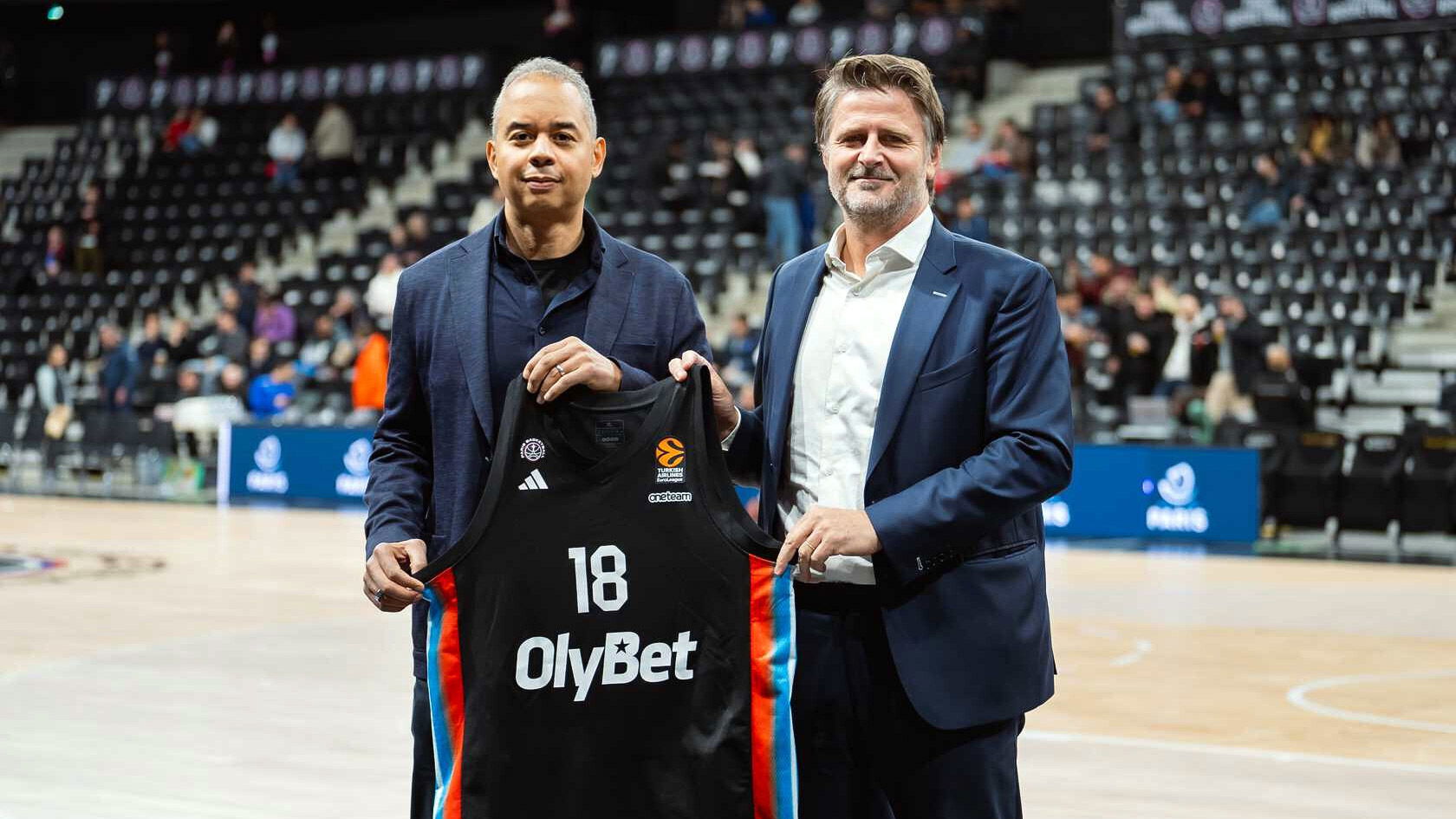DraftKings sees revenue up 34% in Q1 amid Ontario launch plans for next quarter; raises full-year guidance

Sports betting giant DraftKings has shared its financial report for the first quarter of the year. The business has delivered revenue of $417 million, an increase of 34% from $312 million in Q1 2021. The company has now raised its full-year guidance for both revenue and Adjusted EBITDA based on continued strong customer behavior and optimization of the cost structure.
Revenue for the B2C segment grew to $404 million, up 44% from the comparable period last year. Adjusted EBITDA in the first quarter outperformed the midpoint of the guidance previously provided by the company in February by more than 12%.
“DraftKings delivered significant growth across our key revenue and performance metrics,” said Jason Robins, DraftKings’ co-founder, CEO and Chairman. “We are not seeing any impact from inflationary pressures on customer demand, and we continue to improve the user experience by adding breadth and depth to our DFS, mobile sports betting and iGaming products.”

Additionally, the CEO said the company has improved its efficiency in acquiring and retaining customers. Monthly Unique Payers (MUPs) increased to 2 million monthly unique paying customers, representing an increase of 29% compared to the first quarter of 2021.
Other quarter highlights include Average Revenue per MUP up 11% to $67, primarily attributable to strong customer engagement, a continued revenue mix shift into the company’s iGaming product, and an increase in DFS activity on a per MUP basis; partially offset by atypically low hold rates and an increase in promotions in new states (primarily New York).
The increase in MUPs reflects strong unique player retention and acquisition across online sportsbook and iGaming products and expansion into new states, partially offset by a decline in DFS MUPs. But the company has more to look forward to in terms of expanding its customer base, through what Robins calls “a strong pipeline of new jurisdictions to enter.”
Three of the US jurisdictions where DraftKings has the potential opportunity to operate via market access agreements or direct licenses -Maryland, Puerto Rico and Ohio- have authorized mobile sports betting. They represent about 7% of the US population, and bring the percentage of the population where DraftKings expects to offer mobile betting to approximately 43%.

Following successful launches in New York and Louisiana, DraftKings is now live with mobile sports betting in 17 states. It is also live with iGaming in five states, which represents approximately 11% of the US population.
But the company also eyes developments in Kansas, which has recently passed legislation for mobile and retail sports betting -currently pending executive action-, and California. DraftKings says it is seeing “excitement” in the Golden State, where about 1.6 million signatures were submitted by residents to qualify a sports initiative to be placed on the November 2022 ballot.
“We are pleased with our strong revenue and Adjusted EBITDA performance in the first quarter, which was driven by healthy underlying customer behavior and our ability to capture efficiencies,” commented Jason Park, DraftKings’ Chief Financial Officer.
Therefore, the company is raising its fiscal year 2022 revenue guidance from a range of $1.85 billion to $2 billion to a range of $1.925 billion to $2.025 billion, equating to YoY growth of 49% to 56%. It is also improving the fiscal year 2022 Adjusted EBITDA guidance from a loss of $825 million and $925 million to between a loss of $760 million and $840 million.

The updated guidance for the year does not include contributions from the acquisition of Golden Nugget Online Gaming, which was completed on Thursday; or the company’s expected launch in the recently legalized market of Ontario, which has now been revealed as scheduled for the second quarter of the year.
DraftKings expects that the GNOG acquisition, combined with the Ontario launch, to contribute an additional $130 million to $150 million in revenue, and negative $50 million to negative $70 million in Adjusted EBITDA in fiscal year 2022.
Company officials also discussed DraftKings’ promotional activity. Increased spending on this front, especially within new markets, led other operators such as Caesars to launch efforts to reduce marketing investment to keep finances in line.
While Robins said DraftKings would seek to reduce general new user acquisition spend, he described the company’s approach as “disciplined,” having never gone as far as some competitors did with new user offers. Additionally, he said the company will continue major promotional events around key moments on the sporting calendar.
DraftKings CEO Jason Robins: DraftKings’s sports betting app tied for the number one overall ranking and was in the top 3 for user experience, betting interface, and features, according to survey of 41 sports betting apps. $DKNG pic.twitter.com/jZouGVB3Ak
— DraftKings News (@DraftKingsNews) May 6, 2022
“I think we’ll always run promotions around those events. They’re great for reactivating users and great for acquiring and the money spent on those tends to be put back into our products,” Robins said. But he admitted that “there may be some reduction in promotional intensity compared to some of the previous offers.”
Despite the company’s revised forecast and new announcements, the developments weren’t enough to overcome broader market losses: DraftKings’ shares erased premarket gains to fall 3.8% at 9:38 a.m. in New York on Friday, reports Bloomberg.
“We are encouraged to see a reduced guided profit loss, but acknowledge losses remain significant, and do not include many new markets expected to open,” Benchmark analyst Mike Hickey wrote in a note. First-quarter revenue narrowly topped Wall Street’s forecast for $414.9 million.
















































